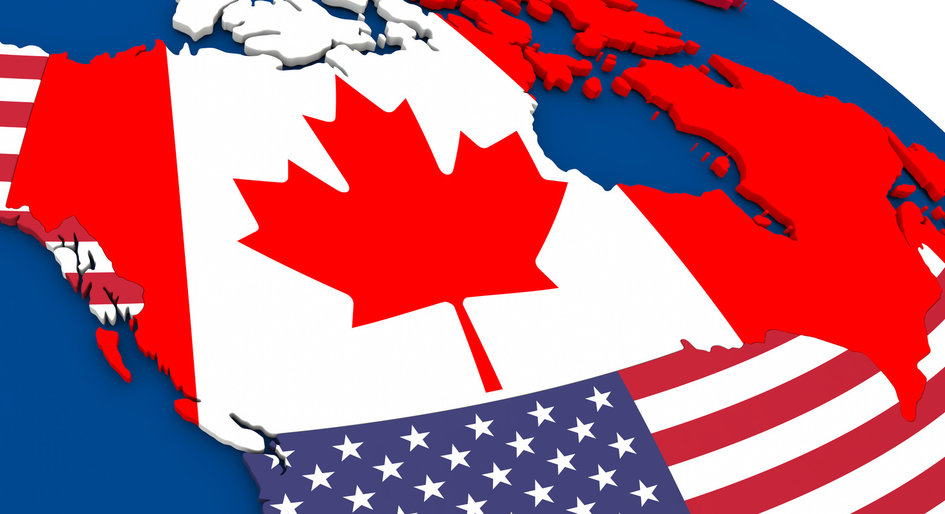The strengths and vulnerabilities of key sectors either muted or accentuated COVID-19’s regional economic impacts, a newly released report from the Conference Board of Canada concludes. Full recovery is expected to come with: a pullback from social distancing requirements; resumption of international travel and corollary demand for transportation fuel; a return to pre-pandemic immigration levels with its spinoff benefits for the housing and construction sectors; and a parallel economic rebound in the United States.
“The recovery from the pandemic-induced recession will be more prolonged than we had earlier anticipated,” the Conference Board’s overview of provincial fallout acknowledges. “The large hit to economic activity in the first half of the year will drag real GDP down by 8.2 per cent for 2020 as a whole. Even with the rebound starting in the third quarter and GDP expanding by an anticipated 6.7 per cent in 2021, it will take until the end of next year for the economy to return to its pre-pandemic level of output.”
The pace of recovery is also projected to vary across Canada. British Columbia is currently labelled the frontrunner due to its earlier resumption of economic activity — with the reopening of the retail, hospitality and leisure sectors just as summer began — and a relatively stronger position prior to the pandemic. Similarly, Quebec’s “ambitious reopening strategy” facilitated a gain of 576,000 jobs over May, June and July after the unemployment rate spiked to 17 per cent in April.
Next door, the prominent weighting of financial services, information technology and other knowledge-based sectors with employees who could work from home is credited with moderating COVID-19’s hit on Ontario’s economy, even though the province was slower to ease restrictions on non-essential businesses than many other parts of the country. However, the province is also more sensitive to the vagaries of the U.S. economy, notably illustrated in an estimated 60 per cent plunge in auto sales in the second quarter.
“A failure to control the spread of new infections could lead potential U.S. car buyers once again to avoid dealerships, severely hurting the recovery in Ontario’s key auto sector,” the Conference Board warns. “Toronto’s key financial services sector remains in good shape, as job losses in this industry have been minimal. The ability of its employees to work from home has been a huge benefit for this sector.”
Energy-based economies in Alberta, Saskatchewan and Newfoundland and Labrador suffered the steepest decline over the past five months as COVID-19-triggered business shutdowns occurred in tandem with sliding oil and gas prices. Meanwhile, an immigration slowdown is seen as a particular blow for Nova Scotia.
“A key factor behind the economic gains in Nova Scotia over the past few years was strong population growth,” the report observes. “If population growth in the province levels off through the near and medium terms, the housing sector and household spending could both be hurt.”
Canada-wide, the airline, non-essential retail, hospitality, accommodations, arts and culture sectors were hit hardest and continue to face an arduous uphill climb. That would presumably ease if the report’s projection for an effective widely available vaccine by June 2021 proves true.






